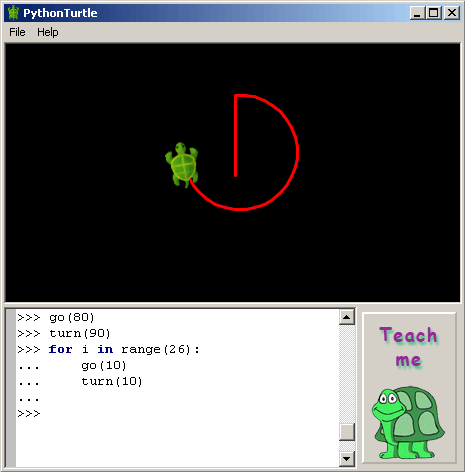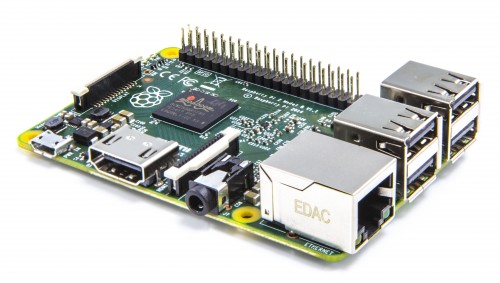Teaching Computer Science (in Saudi Arabia)
Recently I came across two computer programming products, whose creators have mentioned they're being used in the high school curricula of Saudi Arabia. The reasons I was looking at the these two products were not connected, so I thought it an interesting coincidence that I came across similar stories twice in about a week. The first product was a learning program called PythonTurtle, created by Israeli developer Ram Rachum. Python, for those who don't know, is a popular computer programming language. Turtle is a reference to the 'turtle' used in the Logo programming language, which is an icon or point that shows the current position of the cursor on the screen when drawing using Logo. Logo is an early computer language developed specifically as an educational tool for teaching programming (and one of the test schools where it was used was my elementary school in Brookline, MA). The goal of PythonTurtle was to create a learning environment similar to Logo, but using the modern (and more useful) programming language Python. Ram Rachum developed PythonTurtle six years ago and released it as open-source software. Last year he started noticing a large number of traffic to his site from Saudi Arabia, although he…

